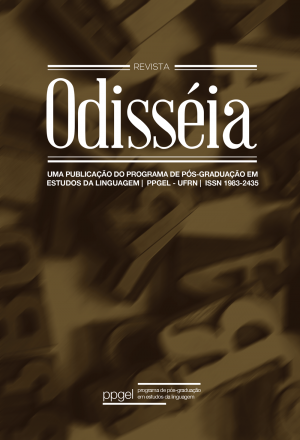Sobre Belas Adormecidas e feminismo: análise de uma narrativa de Stephen e Owen King
Odisseia
Sobre Belas Adormecidas e feminismo: análise de uma narrativa de Stephen e Owen King
Autor Correspondente: Sabrine Schneider | [email protected]
Palavras-chave: teoria feminista, Stephen King, teoria Literária
Resumos Cadastrados
Resumo Português:
Ao considerar a literatura como um reflexo social, tem-se aqui o objetivo de buscar na História das mulheres e nos pressupostos feministas a temática dentro da narrativa ficcional Belas Adormecidas (2017), dos autores Stephen e Owen King. Pela teoria historiográfica, tem-se os estudos de Perrot (2005), pela dominação masculina nas palavras de Bourdieu (2012). Pelo viés feminista, os estudos de Pateman (1993), Hooks (2019), Tilly (2007), Oliveira (2013), Haraway (1991) e Arruzza (2015, 2017) foram utilizados. Pelo corpus, constatou-se a relação entre a história feminina e os conceitos feministas relacionados ao patriarcado e a verificação da neutralidade autoral sobre as ações do enredo que apontaram o que aqui se definiu como sexismo estrutural, base patriarcal ainda internalizada no imaginário social.
Resumo Inglês:
Considering literature as a social reflex, the objective here is to seek the theme in the history of women and feminist assumptions within the fictional narrative Sleeping Beauties (2017), by authors Stephen and Owen King. From the historiographic theory, there are studies by Perrot (2005), for male domination in the words of Bourdieu (2012). From a feminist perspective, the studies by Pateman (1993), Hooks (2019), Tilly (2007), Oliveira (2013), Haraway (1991) and Arruzza (2015, 2017) were used. Through the corpus, it was found the relationship between female history and feminist concepts related to patriarchy and the verification of authorial neutrality on the plot actions that pointed out what is defined here as structural sexism, a patriarchal basis still internalized in the social imaginary.

